Home>Garden Essentials>What Is Nyjer Bird Seed
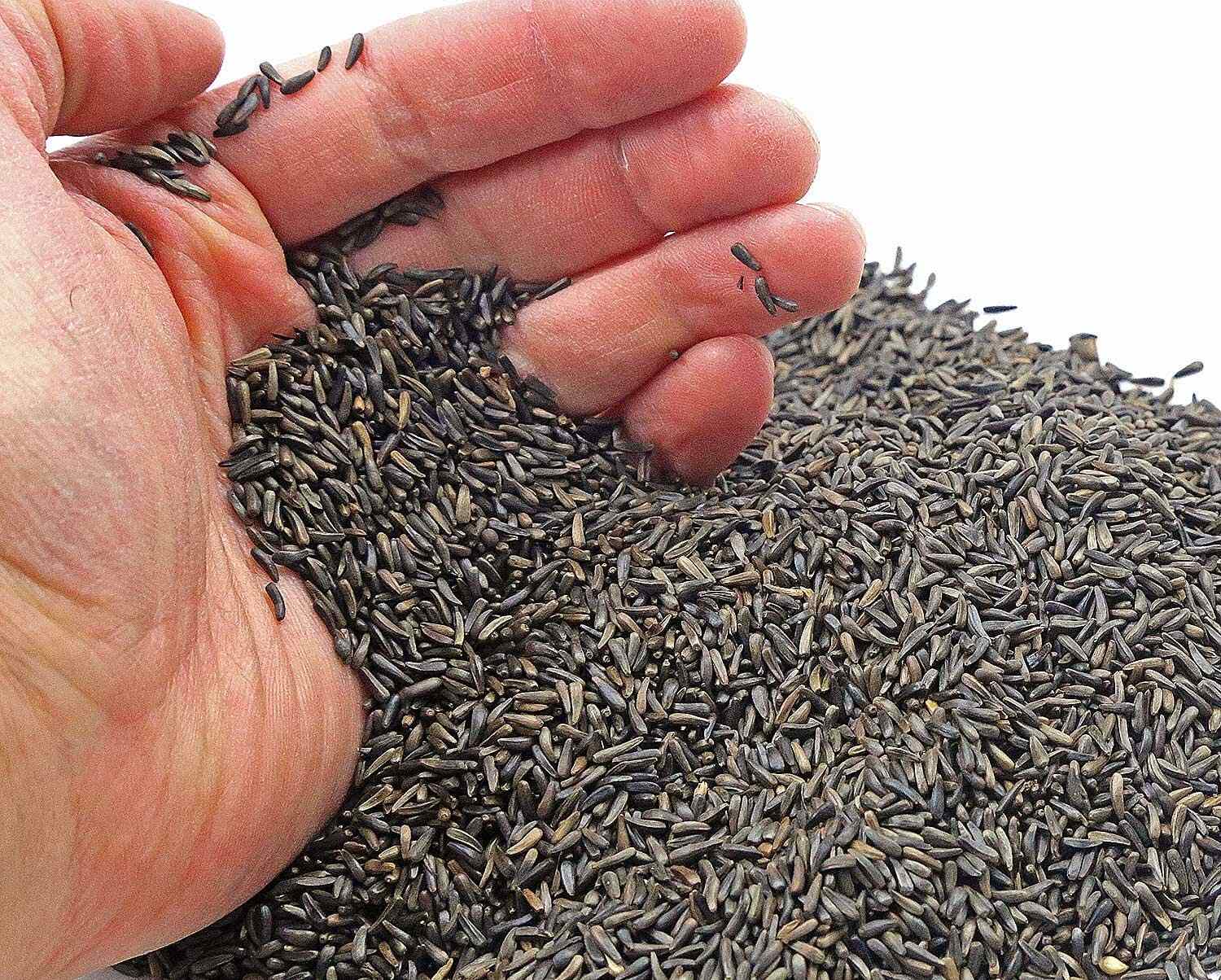

Garden Essentials
What Is Nyjer Bird Seed
Modified: March 16, 2024
Learn all about Nyjer bird seed and how it can enhance your garden. Find out the benefits and how to attract birds with this nutritious seed.
(Many of the links in this article redirect to a specific reviewed product. Your purchase of these products through affiliate links helps to generate commission for Storables.com, at no extra cost. Learn more)
Introduction
Welcome to the fascinating world of nyjer bird seed! If you’re an avid bird enthusiast or just starting out with bird feeding, you’ve likely come across the term “nyjer seed” or “thistle seed.” In this article, we’ll delve into the origins, characteristics, nutritional value, benefits for birds, and tips on using nyjer seed to attract a variety of feathered friends to your garden.
Nyjer bird seed, also known as thistle seed, is derived from the African yellow daisy plant (Guizotia abyssinica). It is not actually a thistle seed, but rather a tiny, oil-rich seed that closely resembles the seeds found on thistle plants. Nyjer seed gained popularity as a bird feed due to its high oil content, making it a nutritious and energy-rich food source for a wide range of bird species.
One of the notable characteristics of nyjer seed is its small size, similar to the tip of a ballpoint pen. The tiny seeds are black and have a thin, shiny shell, making them appealing to various types of birds. The small size and shell also help to deter larger birds, ensuring that nyjer seed is consumed by smaller bird species.
In terms of nutritional value, nyjer seed packs quite a punch. It is rich in protein, fats, and oils, making it an excellent energy source for birds, especially during colder months or periods of migration. The high oil content is particularly beneficial for birds, as it helps to keep their feathers in optimal condition and provides energy for flying and surviving harsh weather conditions.
When it comes to attracting birds, using nyjer seed in your feeders can bring a diverse range of avian visitors to your garden. Many finch species, such as American goldfinches, house finches, and purple finches, are particularly fond of nyjer seed. Other bird species, including sparrows, juncos, and siskins, also enjoy feasting on these tiny seeds. By offering nyjer seed, you can create a bird-friendly environment and increase the variety of birds that frequent your garden.
When setting up bird feeders with nyjer seed, it is important to use the appropriate feeders. Nyjer seed feeders are specifically designed with small ports that allow birds to extract the seeds while minimizing spillage and waste. These feeders often have a mesh or fine wire structure that can hold the tiny seeds securely. Ensuring that your feeder is suitable for nyjer seed will attract the right bird species and prevent other birds from accessing and scattering the seeds.
Now that you have a basic understanding of nyjer seed and its benefits, let’s explore where you can purchase it, how to store it properly, and other useful tips for attracting and maintaining a healthy bird population in your garden.
Key Takeaways:
- Nyjer bird seed, also known as thistle seed, is a tiny, oil-rich seed that attracts finches and other small birds with its high nutritional value, helping to maintain their health and vitality.
- By using nyjer seed in bird feeders and creating a bird-friendly environment, you can attract a diverse range of bird species to your garden, providing them with a reliable and nutritious food source.
Read more: What Birds Eat Nyjer Seed
Origins of Nyjer Bird Seed
Although nyjer bird seed is commonly associated with bird feeding in North America, its origins can be traced back to the Ethiopian highlands in Africa. The African yellow daisy plant, scientifically known as Guizotia abyssinica, produces tiny black seeds that closely resemble the seeds found on thistle plants. These seeds are rich in oil and have become a popular source of nutrition for birds in many parts of the world.
The cultivation of Guizotia abyssinica and the use of its seeds as bird feed began in India, where the plant was grown for its oil. The oil extracted from the seeds, often referred to as niger oil, has various culinary and industrial applications. It wasn’t until the mid-20th century that the use of nyjer seed as bird feed gained popularity in the United States and Canada.
In the 1960s, nyjer seed was first introduced as a source of bird feed in North America. The small size of the seeds and their high oil content made them appealing to bird enthusiasts, particularly those interested in attracting finch species. The American goldfinch, in particular, showed a great affinity for nyjer seed, and word quickly spread about its effectiveness in attracting these brightly colored songbirds.
The name “nyjer” actually comes from the brand name “Nyjer,” which was trademarked by the Wild Bird Feeding Industry Association (WBFI) in the 1990s. This brand name, derived from the botanical name “Niger,” helped to distinguish the seeds from the unrelated thistle plants.
Today, nyjer bird seed is widely available in the market and is a staple in many bird feeders. Its popularity continues to grow due to the extensive range of bird species it attracts, including finches, sparrows, siskins, and other small, seed-eating birds. The ease of handling and affordable pricing of nyjer seed have also contributed to its widespread use among bird enthusiasts of all levels of experience.
It’s worth noting that nyjer bird seed is subject to strict import regulations in some countries due to concerns about its potential to become an invasive species. Seeds that are classified as nyjer or niger seed must undergo a heat treatment process to ensure they are sterilized and incapable of germinating. This prevents any accidental release in areas where the plant is not native.
From its humble origins in Africa to becoming a coveted bird feed across the globe, the rise of nyjer seed as a favorite among bird enthusiasts is a testament to its nutritional value and the wide range of birds it attracts. Whether you’re a seasoned bird watcher or just starting to explore the world of backyard bird feeding, offering nyjer seed is a surefire way to attract a diverse array of beautiful feathered visitors to your garden.
Characteristics and Appearance
Nyjer bird seed, also known as thistle seed, possesses several unique characteristics that make it an attractive option for both birds and bird enthusiasts. Let’s explore the distinctive features and appearance of nyjer seed.
Size: Nyjer seeds are incredibly small, resembling the tip of a ballpoint pen. These tiny seeds measure around 3 to 4 millimeters in length, making them ideal for small-beaked birds to handle and consume.
Color and Texture: The seeds are predominantly black, with a thin glossy outer shell. This dark coloration and shiny texture add to their visual appeal, making them easily recognizable and enticing to birds.
Dietary Preference: Nyjer seed is primarily sought after by finch species, such as American goldfinches, house finches, and purple finches. These birds have specialized beaks designed for extracting small seeds. While finches are the main consumers of nyjer seed, other species, including sparrows, juncos, and siskins, can also be seen enjoying these miniature treats.
Oil-Rich Composition: Nyjer seeds are packed with oils and fats, making them an excellent high-energy food source for birds. The high oil content is crucial in aiding the growth of healthy feathers, which are vital for insulation, waterproofing, and flight. Regular consumption of nyjer seed helps birds maintain their plumage and overall well-being.
Preferred Feeder Design: Due to their small size, nyjer seeds require specialized feeders to effectively dispense and contain them. These feeders often have small ports or mesh-like structures that allow birds access to the seeds while minimizing waste and spillage.
Shelf Life: Nyjer seeds have a relatively short shelf life compared to other bird seeds. They should be used within six to eight months of purchase to ensure optimal freshness and nutritional value. It is important to store them properly, as exposure to moisture can cause spoilage.
In summary, nyjer bird seed stands out with its small size, glossy appearance, high oil content, and preference among finch species. These unique characteristics make nyjer seed an ideal choice for attracting and nourishing a wide range of birds in your garden. By providing this specialized food source, you can enjoy the beauty and activity of various avian visitors while supporting their dietary needs.
Nutritional Value
Nyjer bird seed, also known as thistle seed, is not only visually appealing to birds but also provides them with a highly nutritious food source. Let’s explore the nutritional value of nyjer seed and the benefits it offers to our feathered friends.
Protein: Nyjer seed is an excellent source of protein for birds. Protein is crucial for their growth, development, and overall health. It helps in building and repairing tissues, regulating bodily functions, and supporting the immune system. Birds that incorporate nyjer seed into their diet benefit from the protein it provides, aiding in their overall fitness and vitality.
Fats and Oils: One of the standout nutritional aspects of nyjer seed is its high fat and oil content. These fats and oils are a valuable energy source for birds, especially during times when food may be scarce or during long migratory journeys. The energy derived from the fats and oils in nyjer seed helps birds maintain their metabolic activity, flight capability, and body temperature regulation.
Omega-3 Fatty Acids: Nyjer seed is a good source of omega-3 fatty acids, which are essential for birds’ well-being. Omega-3 fatty acids assist in brain development, promote healthy hormonal function, and contribute to the overall maintenance of a bird’s health. These beneficial fats also play a role in reducing inflammation and supporting the cardiovascular system.
Minerals: Nyjer seed contains essential minerals such as calcium, potassium, magnesium, and phosphorus. These minerals are vital for maintaining proper cellular function, bone development, muscle health, and enzyme activation. By consuming nyjer seed, birds can obtain these essential minerals, promoting overall well-being and physical functioning.
Vitamins: Nyjer seed is a respectable source of various vitamins, including vitamin E, vitamin B-6, and niacin. These vitamins are crucial for maintaining a healthy immune system, promoting proper metabolism, supporting nervous system function, and enhancing feather quality. The presence of these vitamins in nyjer seed ensures that birds have a well-rounded and nutritionally balanced diet.
Antioxidants: Nyjer seed contains antioxidant compounds that help protect birds’ cells from oxidative stress and damage caused by free radicals. These antioxidants contribute to overall health and vitality by reducing the risk of cellular damage and supporting the bird’s immune system.
By incorporating nyjer seed into a bird’s diet, you provide them with a rich and well-rounded nutritional source. This aids in maintaining their overall health, vitality, and ability to withstand various environmental challenges. The high protein, fat, and oil content of nyjer seed make it an excellent choice for birds, particularly during colder months when food resources may be limited.
Remember that offering a diverse range of foods, including nyjer seed, alongside fresh water and other bird-friendly options, ensures that our avian friends have a balanced and nutritious diet. By enhancing their nutrition, we contribute to the overall well-being and enjoyment of birds in our surroundings.
Benefits for Birds
Nyjer bird seed, often referred to as thistle seed, offers numerous benefits for our feathered friends. Let’s explore the advantages of incorporating nyjer seed into a bird’s diet and how it positively impacts their health and well-being.
1. High Nutritional Value: Nyjer seed is packed with essential nutrients, including protein, fats, oils, vitamins, minerals, and antioxidants. This nutrient-rich profile makes nyjer seed an excellent source of energy, promoting optimal health and vitality in birds.
2. Feather Quality: The high oil and fat content in nyjer seed helps birds maintain healthy feathers. Feathers play a crucial role in insulation, flight, and protection from the elements. Regular consumption of nyjer seed contributes to stronger and more vibrant feathers, ensuring that birds stay warm, dry, and well-equipped for their daily activities.
3. Energy Boost: Birds require an ample energy supply to carry out their daily activities, such as foraging, flying, and breeding. The oils and fats in nyjer seed provide a quick and efficient energy source. This is particularly important during periods of migration or in colder months when food may be scarce. By offering nyjer seed, we aid birds in maintaining their energy levels and overall well-being.
4. Attraction of Desired Bird Species: Nyjer seed has a unique appeal to finch species, including American goldfinches, house finches, and purple finches. These brightly colored birds are attracted to nyjer seed feeders, making them a vibrant addition to any backyard or garden. By offering nyjer seed, you can specifically attract these beautiful finches and enjoy their delightful presence.
5. Variety in Bird Species: While finches are the primary consumers of nyjer seed, other bird species, such as sparrows, juncos, siskins, and others, also enjoy these tiny seeds. By incorporating nyjer seed into your bird feeding routine, you create a diverse feeding station that attracts a wide range of birds. This enhances the biodiversity of your environment and offers the opportunity to observe and appreciate different species of birds.
6. Preventing Seed Waste: Nyjer seeds, due to their small size, are less likely to be wasted or attract unwanted pests compared to larger seeds. This reduces the risk of attracting rodents or larger birds that may monopolize or scatter the feed. Nyjer seed feeders are designed with small ports that allow birds to extract the seeds without excessive spillage, ensuring that the food is consumed efficiently.
7. Promoting Wild Bird Conservation: By providing a reliable and nutritious food source like nyjer seed, we contribute to the conservation of wild bird populations. Nyjer seed feeders can assist birds during challenging times when natural food sources may be scarce, providing essential nourishment. This support ensures that birds can thrive and continue to grace our surroundings with their beauty and song.
Offering nyjer seed as part of a balanced bird feeding routine brings numerous benefits to both the birds and the bird enthusiasts who enjoy their presence. The high nutritional value, enhancement of feather quality, energy boost, specific bird species attraction, variety of bird species, prevention of seed waste, and contribution to wild bird conservation are just a few of the advantages of incorporating nyjer seed into your bird feeding efforts.
Remember to provide fresh water alongside the nyjer seed, as hydration is equally important for the birds’ health and well-being. With these considerations, you can create an inviting and bird-friendly environment that brings joy to both you and the delightful feathered visitors.
Nyjer bird seed, also known as thistle seed, is a favorite food for finches and other small birds. It is high in oil content and provides essential nutrients for birds, making it a popular choice for bird feeders.
Read more: What Are Nyjer Seeds
Attracting Birds with Nyjer Seed
If you’re eager to attract a variety of bird species to your garden, nyjer bird seed is an excellent choice. Its small size, high nutritional value, and specific appeal to finch species make it a popular option. Here are some tips on how to effectively attract birds using nyjer seed:
1. Select the Right Feeder: Use a nyjer seed feeder specifically designed for small seeds. These feeders typically have small ports or a mesh-like structure that allows birds to access the seeds while preventing spillage and waste. Opt for feeders with good drainage to avoid moisture buildup and potential seed spoilage.
2. Placement of Feeders: Position your nyjer seed feeders in a quiet and safe location, away from heavy human traffic or potential predators. Place them near shrubs, trees, or perches where birds can rest and feel secure while feeding. Providing a natural, sheltered environment will attract more bird activity.
3. Multiple Feeders: Install multiple nyjer seed feeders in different locations around your garden. This ensures that more birds have access to the seeds and reduces competition among them. Multiple feeders also accommodate a larger number of birds, allowing for a diverse avian community in your garden.
4. Cleanliness and Freshness: Regularly clean your nyjer seed feeders to prevent the growth of mold or bacteria, which can harm the birds. Replace the seed every few weeks or when it becomes wet or clumped. Fresh and hygienic nyjer seed is more appealing to birds and ensures their health and well-being.
5. Offer Water: Alongside nyjer seed, provide a fresh water source, such as a birdbath or shallow dish. Birds need water for drinking and bathing. Having a nearby water supply increases the chances of attracting more birds, especially during hot weather or periods of drought.
6. Create a Bird-Friendly Environment: Plant native trees, shrubs, and flowers to create a habitat that attracts birds. These plants provide natural food sources and shelter. Incorporate a variety of vegetation to offer different nesting, perching, and foraging opportunities for birds. A diverse and well-maintained garden will be more appealing and enjoyable for your avian visitors.
7. Patience and Observation: Attracting birds takes time and patience. It may take a while for birds to discover and trust the nyjer seed feeders in your garden. Be persistent and observe bird behavior to determine the best feeder placement or potential adjustments that may attract more bird species.
By implementing these tips and providing nyjer seed as part of your bird feeding strategy, you can create an inviting environment and attract a wide range of bird species. Enjoy the sight and sounds of finches, sparrows, siskins, and other birds as they visit your garden, delighting you with their presence and adding a touch of natural beauty to your outdoor space.
Nyjer Seed Feeders
When it comes to using nyjer seed to attract birds, choosing the right feeder is crucial. Nyjer seed feeders are specifically designed to accommodate the small size and unique characteristics of these tiny seeds. Here’s what you need to know about nyjer seed feeders:
1. Feeder Design: Nyjer seed feeders are typically made with fine mesh or small ports that allow birds to access the seeds while preventing them from falling out easily. The mesh or ports help keep the seeds in place, minimizing waste and ensuring that only small-beaked birds can access the food.
2. Mesh Feeders: Mesh nyjer seed feeders consist of a fine wire or mesh material that holds the seeds securely. Birds can cling to the mesh and pluck out the individual seeds, feeding on them without scattering or wasting the seeds. Mesh feeders are suitable for accommodating multiple birds simultaneously and preventing seed buildup.
3. Tube Feeders: Tube-style nyjer seed feeders have small ports that allow birds to access the seeds. These feeders often have perches located near the ports, providing birds with a place to rest while they feed. Tube feeders come in various sizes, accommodating different bird species and holding different amounts of nyjer seed.
4. Finch-specific Feeders: Some nyjer seed feeders are designed specifically for finch species. These feeders may incorporate a combination of tube and mesh designs, offering convenience and versatility for attracting finches. Finch feeders often have smaller ports and provide a more secure feeding environment for these smaller birds.
5. Feeder Placement: When installing nyjer seed feeders, place them in areas that are easily visible and accessible to birds. Hang feeders from tree branches, hooks, or feeding poles, ensuring they are at a height that is easy for birds to reach. Position feeders near natural cover, such as trees or shrubs, where birds can retreat to rest and feel protected.
6. Maintenance: Keep nyjer seed feeders clean to prevent the spread of disease. Regularly empty and clean the feeders, removing any remaining seeds and debris. Rinse with water and a mild detergent, then allow them to dry completely before refilling with fresh nyjer seed. Routinely check feeders for any signs of damage and make repairs or replace them as needed.
7. Additional Features: Some nyjer seed feeders are equipped with built-in squirrel guards, baffles, or protectors to deter larger animals from accessing the seed. These features help ensure that the nyjer seed is available exclusively for the intended small-billed bird species.
Remember, birds may take time to locate and become accustomed to nyjer seed feeders. Be patient and monitor feeder activity, making adjustments when necessary. Providing a consistent food source with fresh nyjer seed and maintaining clean feeders will increase the likelihood of attracting a variety of birds to your garden.
With the right nyjer seed feeder setup, you can create an inviting environment that entices finches, sparrows, siskins, and other small-beaked birds to visit your garden, fostering a lively and harmonious birding experience.
Where to Buy Nyjer Bird Seed
If you’re looking to purchase nyjer bird seed to attract a variety of birds to your garden, there are several options available to you. Here are some common places where you can buy nyjer seed:
1. Local Garden Centers and Bird Supply Stores: Visit your local garden centers or bird supply stores, as they often carry a wide range of bird seed options, including nyjer seed. These stores typically have knowledgeable staff who can guide you in choosing the right type and quality of nyjer seed for your specific needs. Additionally, they may offer recommendations on feeders and other bird-related products.
2. Pet Stores: Many pet stores stock bird seed, including nyjer seed, in their pet bird sections. These stores often carry a variety of bird food options suitable for different species. Check with your local pet store to see if they have nyjer seed available for purchase.
3. Online Retailers: Numerous online retailers specialize in bird seed and bird feeding supplies. Shopping online allows you to compare prices, read customer reviews, and have the convenience of having the nyjer seed delivered directly to your doorstep. Look for reputable online bird supply stores or check on platforms such as Amazon for a wide selection of nyjer seed options.
4. Wild Bird Specialty Stores: Look for specialty stores that cater specifically to wild bird enthusiasts. These stores often carry a comprehensive range of bird seed options, including nyjer seed. The knowledgeable staff can provide guidance on selecting the right nyjer seed and offer advice on attracting specific bird species to your garden.
5. Farmers’ Markets and Home and Garden Shows: Local farmers’ markets and home and garden shows often feature vendors selling bird-related products, including bird seed. These events can be a great opportunity to speak directly with sellers, ask questions, and learn more about the benefits of nyjer seed for attracting birds to your garden.
When purchasing nyjer bird seed, consider the quality of the seed. Look for reputable brands or suppliers that offer sterilized nyjer seed to prevent it from germinating and becoming an invasive species. Nyjer seed should be fresh, clean, and free from dust and debris, ensuring its nutritional content is not compromised.
Before making a purchase, it’s a good idea to check the reviews and ratings of the store or brand to ensure customer satisfaction and product quality. Consider the size of the bag or container of nyjer seed, keeping in mind your bird feeding needs and storage capabilities.
Remember, it’s important to store nyjer seed in a cool, dry place to maintain its freshness and nutritional value. Avoid excessive heat, moisture, and exposure to sunlight, as these factors can lead to spoilage or mold growth.
By exploring these various avenues, you can easily find a reliable source for purchasing high-quality nyjer seed, allowing you to attract a diverse range of beautiful birds to your garden and create an enjoyable bird-watching experience.
Storage and Shelf Life
Proper storage of nyjer bird seed is essential to maintain its freshness and ensure its suitability as a nutritious food source for birds. Here are some guidelines to help you store nyjer seed correctly and understand its shelf life:
1. Storage Container: Transfer nyjer seed from its original packaging to an airtight and critter-proof container. Choose a container that is clean, dry, and made of a material that will protect the seed from exposure to moisture, pests, and excessive temperature fluctuations. This will help to maintain the quality of the seed over time.
2. Cool and Dry Environment: Store the container of nyjer seed in a cool, dry place. Excessive heat and humidity can accelerate seed spoilage and promote mold growth. Avoid storing nyjer seed near areas that experience temperature fluctuations, such as next to heaters, in direct sunlight, or in unventilated spaces like garages or sheds.
3. Moisture Control: Moisture is a primary concern when storing nyjer seed, as dampness can cause the seed to clump together and lose its nutritional value. Place a moisture-absorbent material, such as a desiccant packet or a few handfuls of dry rice, at the bottom of the storage container to help prevent moisture buildup. Check the container periodically for any signs of moisture or condensation, removing and replacing the moisture-absorbent material as needed.
4. Rotation and Freshness: Nyjer seed has a relatively short shelf life compared to other bird seeds. It is recommended to use the seed within six to eight months of purchase for optimal freshness and nutritional value. To ensure freshness, rotate your stock of nyjer seed regularly, using older seed first before moving on to newly purchased batches. This practice helps prevent the storage of stale or potentially spoiled seed.
5. Pest Prevention: As with any bird seed storage, take measures to prevent pest infestations. Ensure that the storage container is tightly sealed to keep out insects, rodents, and other unwanted visitors. Regularly inspect the storage area for signs of pests and take appropriate actions, such as cleaning the container, using pest deterrents, or relocating the seed to a more secure location.
It’s important to note that the nutritional value of nyjer seed may gradually decline over time, even under optimal storage conditions. Therefore, it’s always advisable to provide fresh nyjer seed to birds on a regular basis. If you notice any signs of spoilage, such as a rancid smell, clumping, or discoloration, discard the seed and replenish with a fresh supply.
By following these storage guidelines, you can ensure that your nyjer bird seed remains fresh and appealing to birds, allowing you to provide them with a nutritious and enjoyable feeding experience throughout the year.
Read more: What Is In Bird Seed
Conclusion
Nyjer bird seed, also known as thistle seed, is a valuable addition to any bird enthusiast’s feeding routine. Its small size, high nutritional value, and specific appeal to finches make it a popular choice for attracting a variety of bird species to your garden. As we conclude our exploration of nyjer seed, let’s recap the key points:
Nyjer seed originates from the African yellow daisy plant (Guizotia abyssinica) and gained popularity as a bird feed in the United States and Canada in the 1960s. Despite its name, nyjer seed is not a true thistle seed but rather a tiny, oil-rich seed that closely resembles those found on thistle plants.
Nyjer seed offers numerous benefits for birds. It is packed with protein, fats, oils, vitamins, minerals, and antioxidants, providing birds with the essential nutrients they need for energy, feather health, and overall well-being. The high oil content in nyjer seed contributes to healthy feathers and supports birds’ metabolic functions.
Using nyjer seed in bird feeders helps attract a diverse range of bird species, including finches, sparrows, siskins, and more. Proper feeder placement, cleanliness, and providing fresh water alongside the seed enhance the bird-feeding experience in your garden. Creating a bird-friendly environment with native plants and appropriate shelter further increases the likelihood of attracting and maintaining a healthy bird population.
When purchasing nyjer seed, consider buying from reputable sources such as local garden centers, bird supply stores, pet stores, online retailers, or specialty bird stores. Ensure that the nyjer seed is fresh, clean, and free from pests, and store it in a cool, dry place away from moisture and extreme temperatures.
By incorporating nyjer seed into your bird feeding routine, you can enjoy the beauty and activity of finches and other small-billed bird species in your garden. Providing a reliable, nutritious food source supports their health, vitality, and overall well-being. Remember to observe and maintain proper feeder and seed hygiene, rotate the seed to ensure freshness, and attract a diverse array of birds to your garden through thoughtful feeding practices.
So, whether you’re a seasoned bird watcher or just starting out, offering nyjer seed is a wonderful way to bring the joy of bird-watching right to your backyard. Sit back, relax, and marvel at the captivating sights and sounds of these beautiful creatures as they feast on the nutritious treat you’ve provided.
Frequently Asked Questions about What Is Nyjer Bird Seed
Was this page helpful?
At Storables.com, we guarantee accurate and reliable information. Our content, validated by Expert Board Contributors, is crafted following stringent Editorial Policies. We're committed to providing you with well-researched, expert-backed insights for all your informational needs.
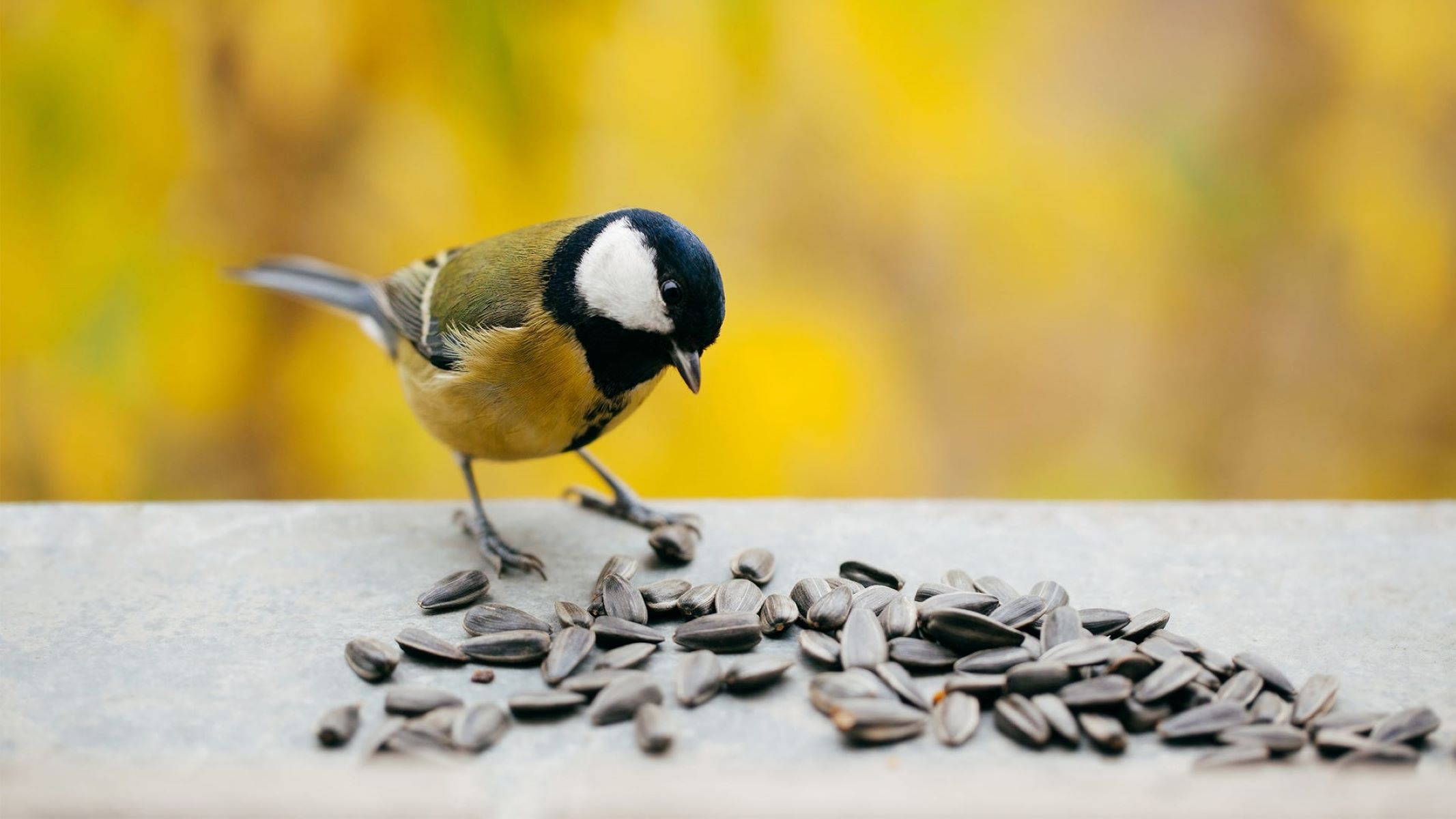
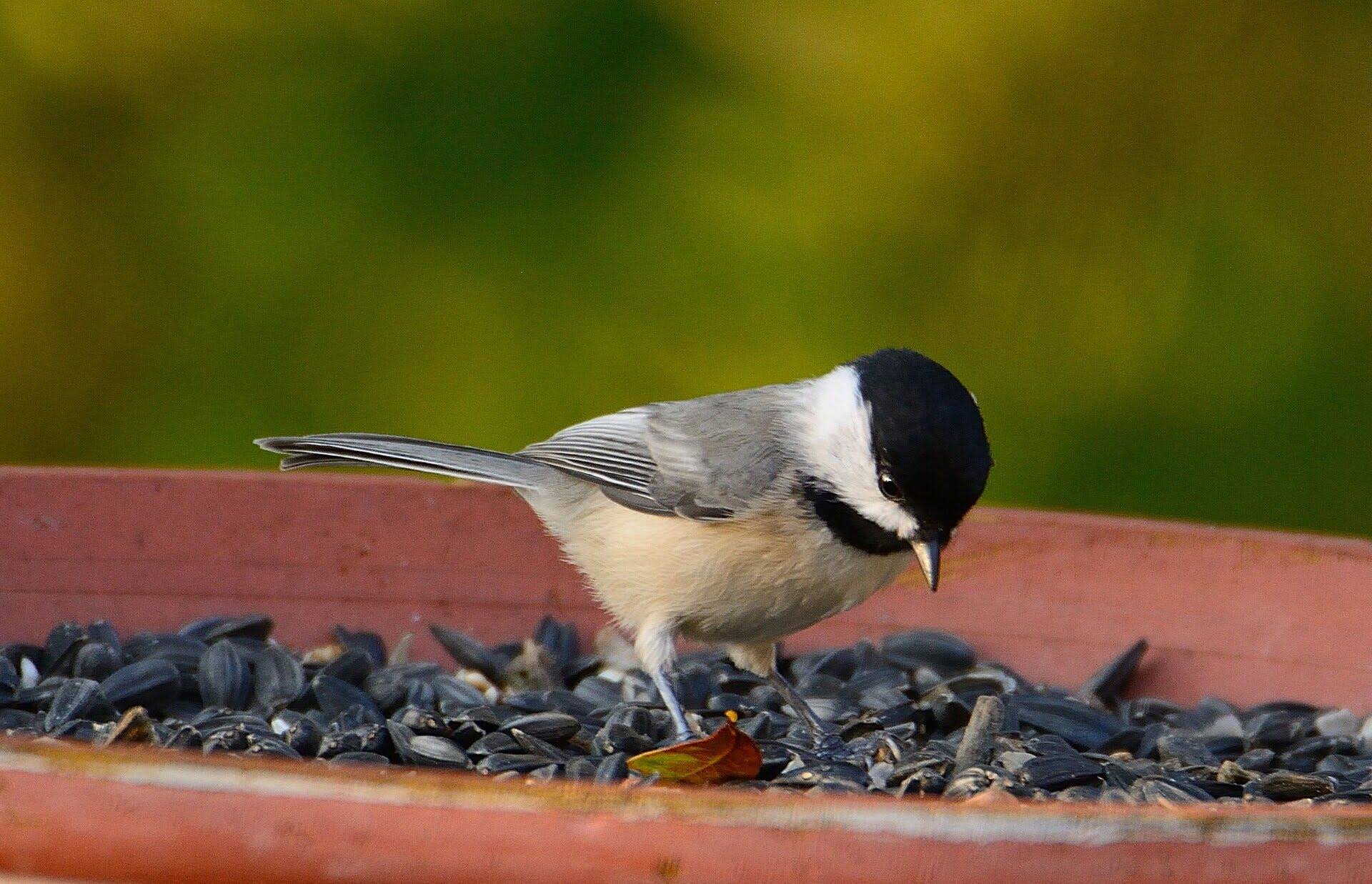
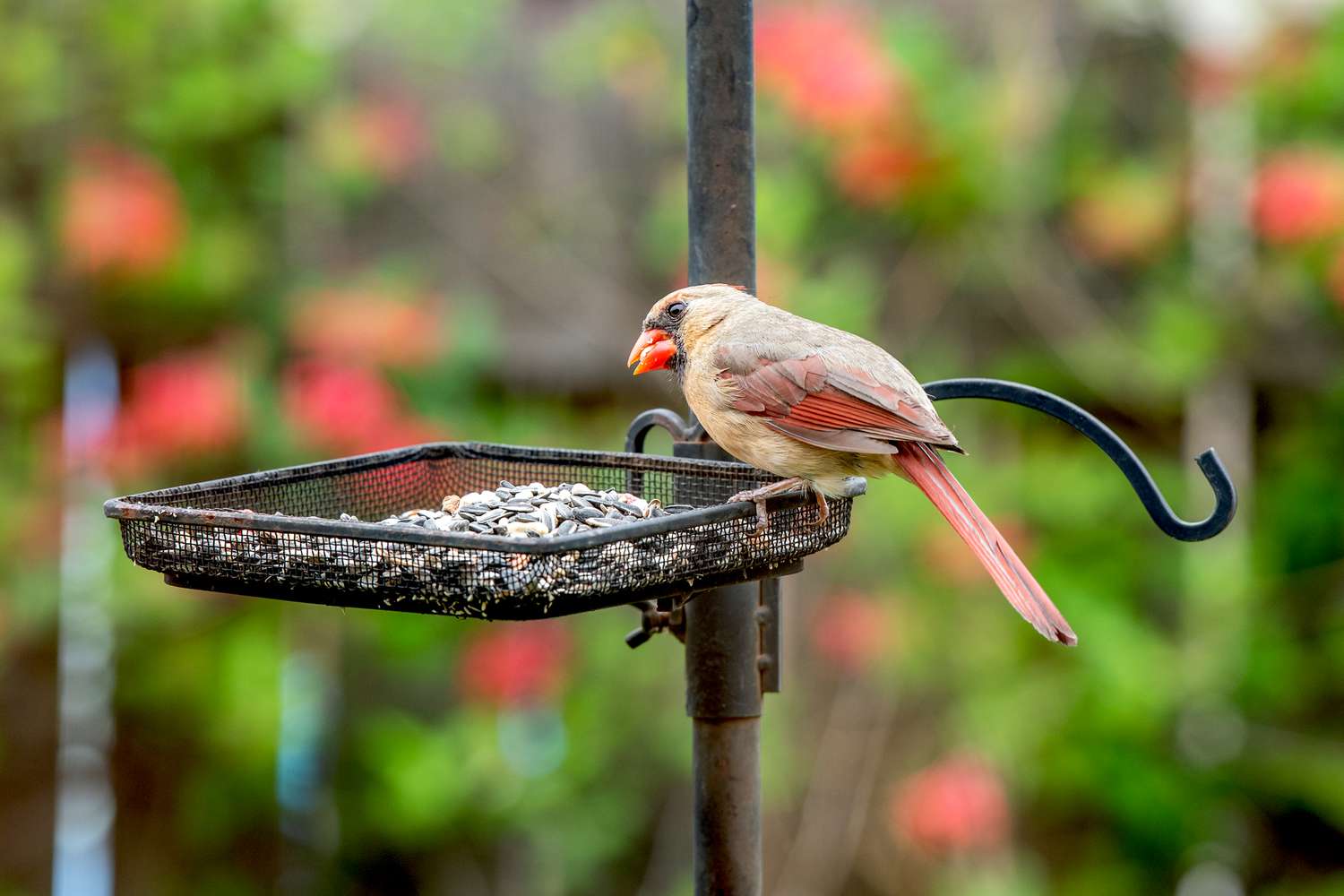
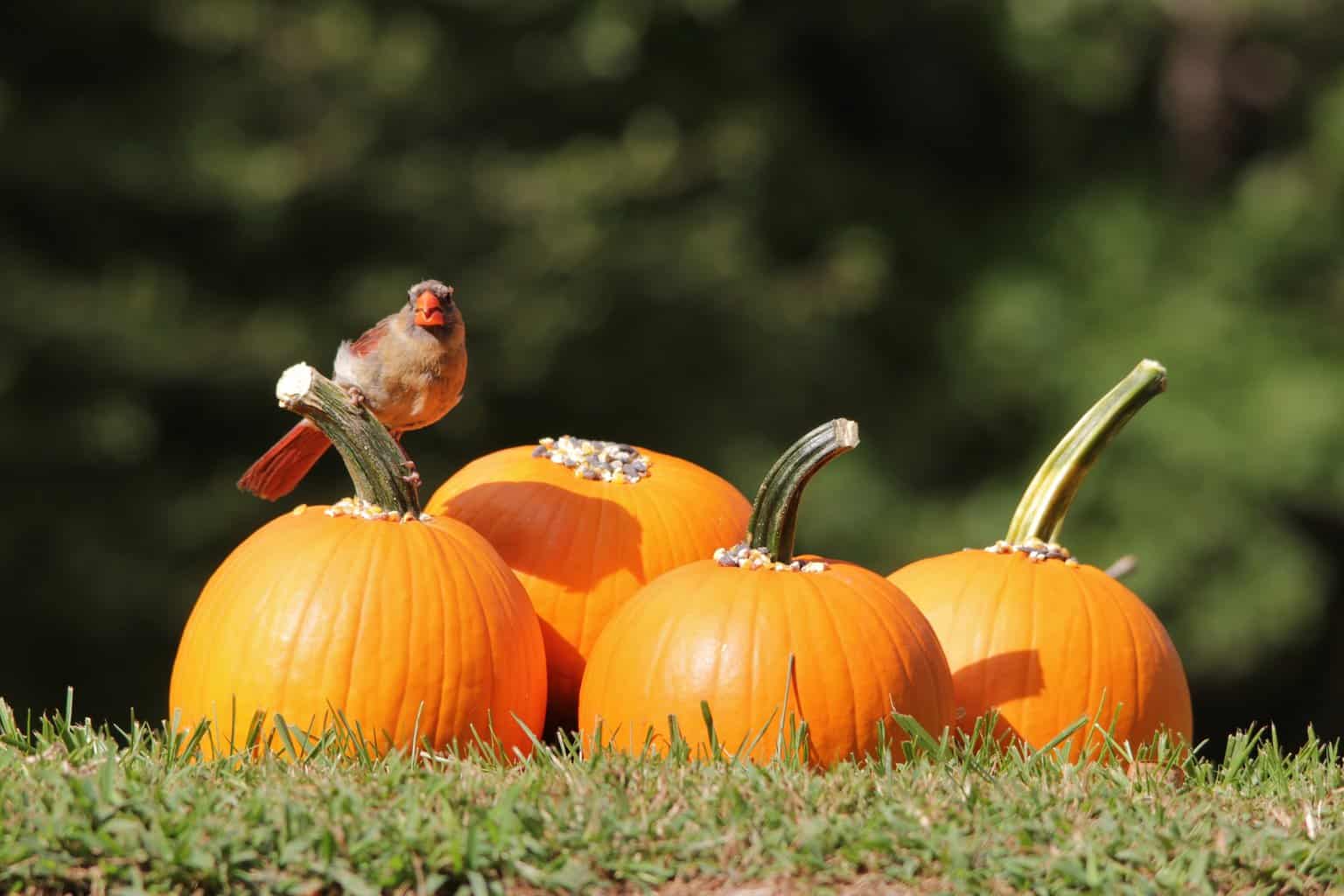
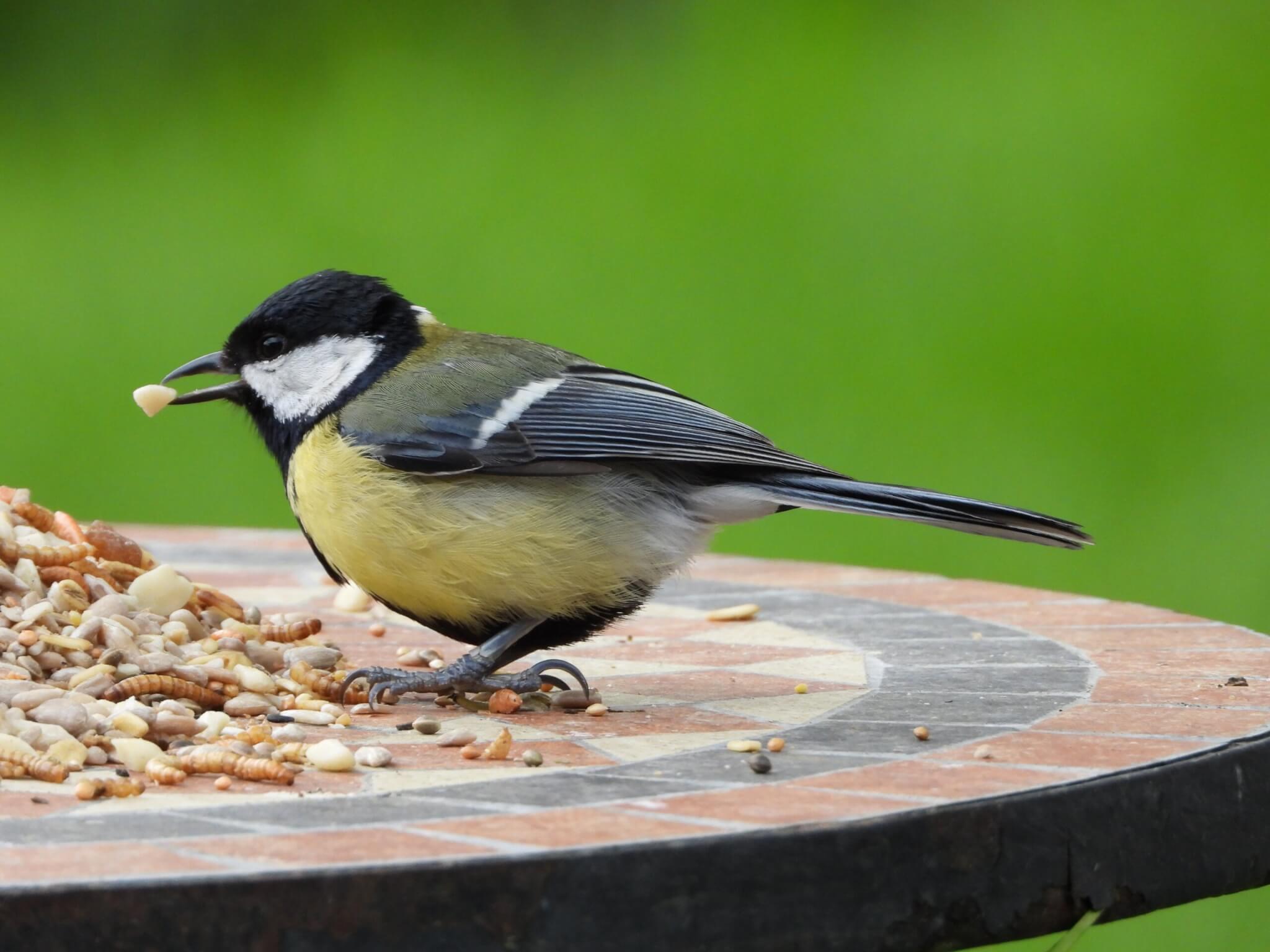
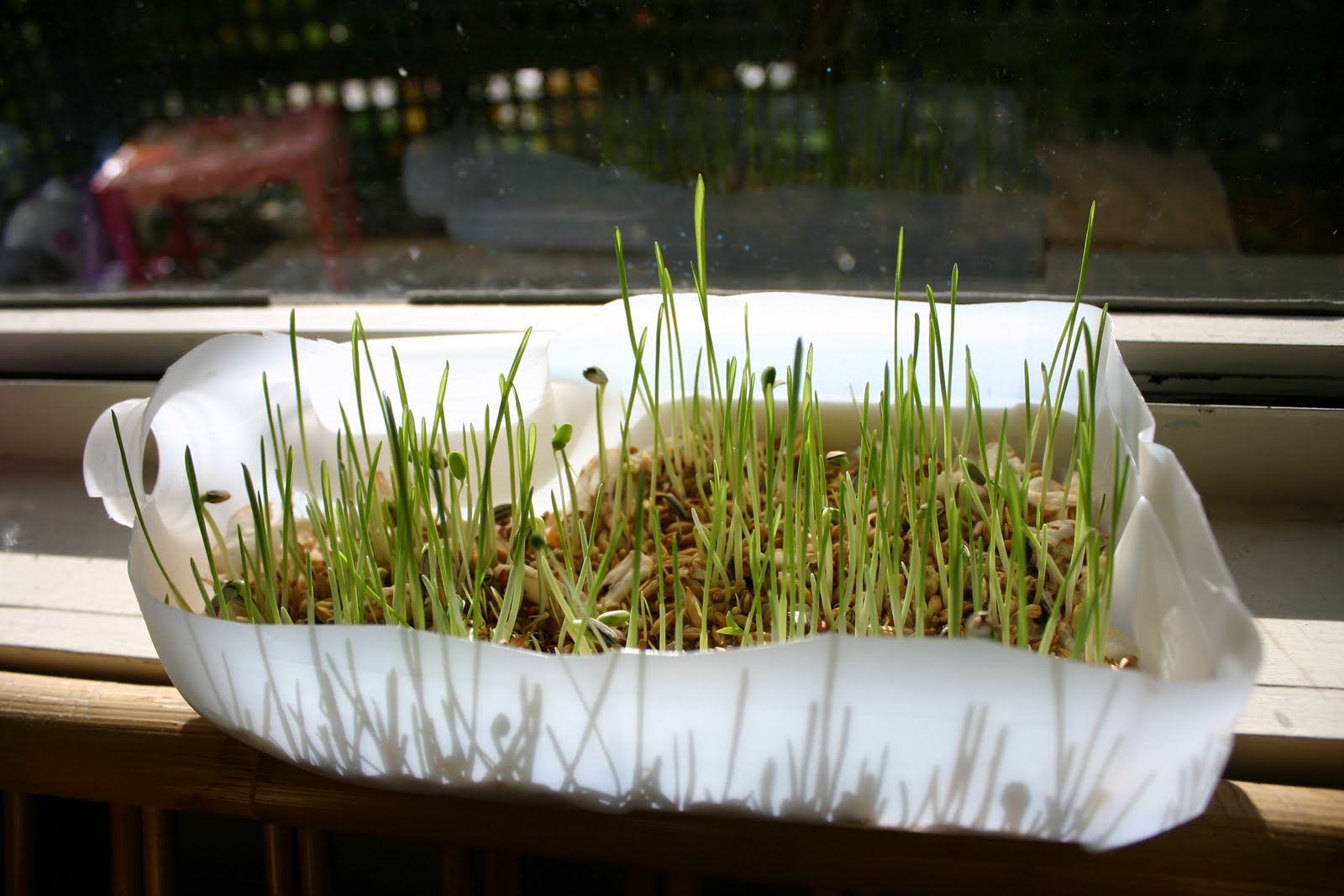
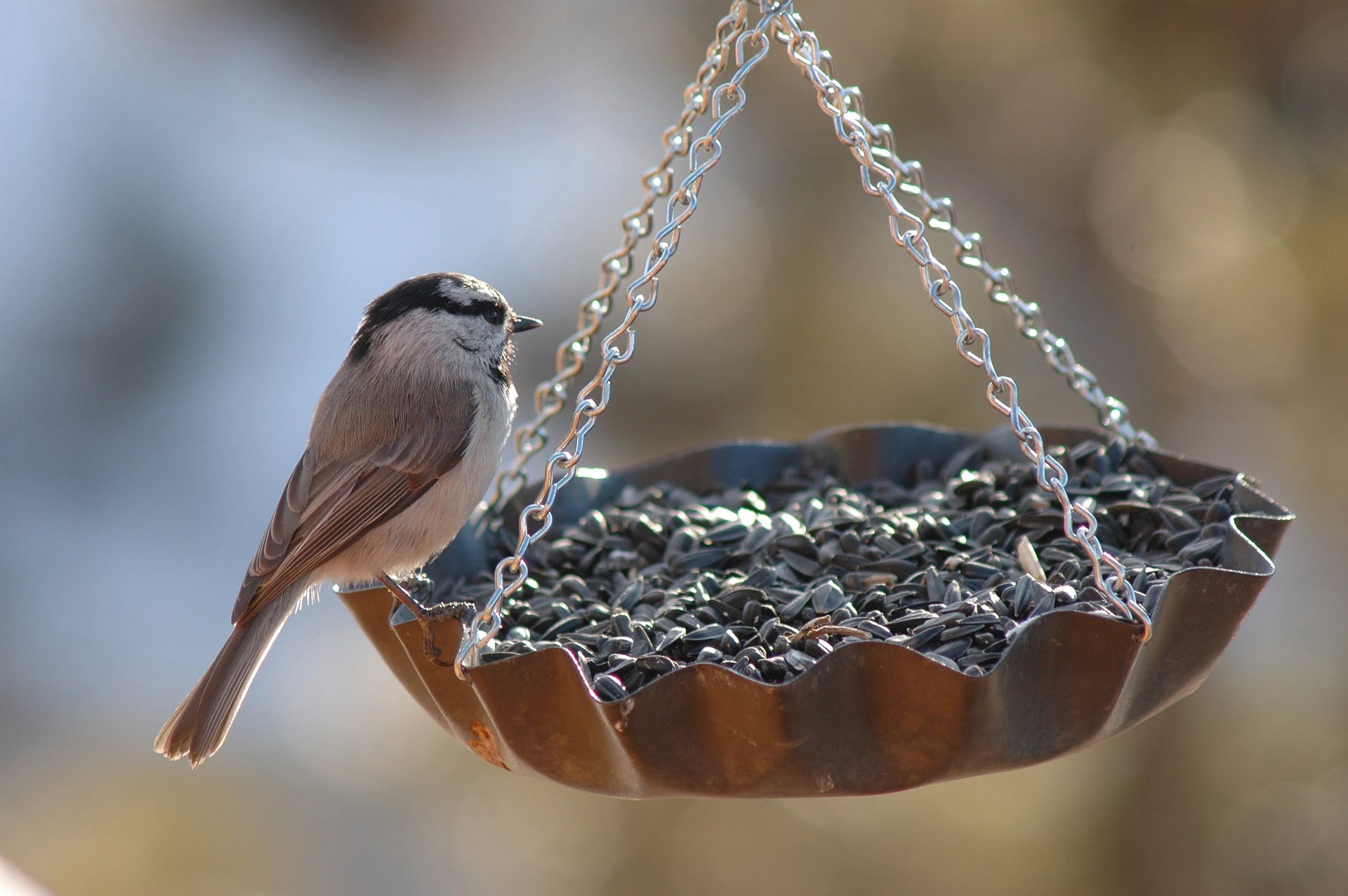
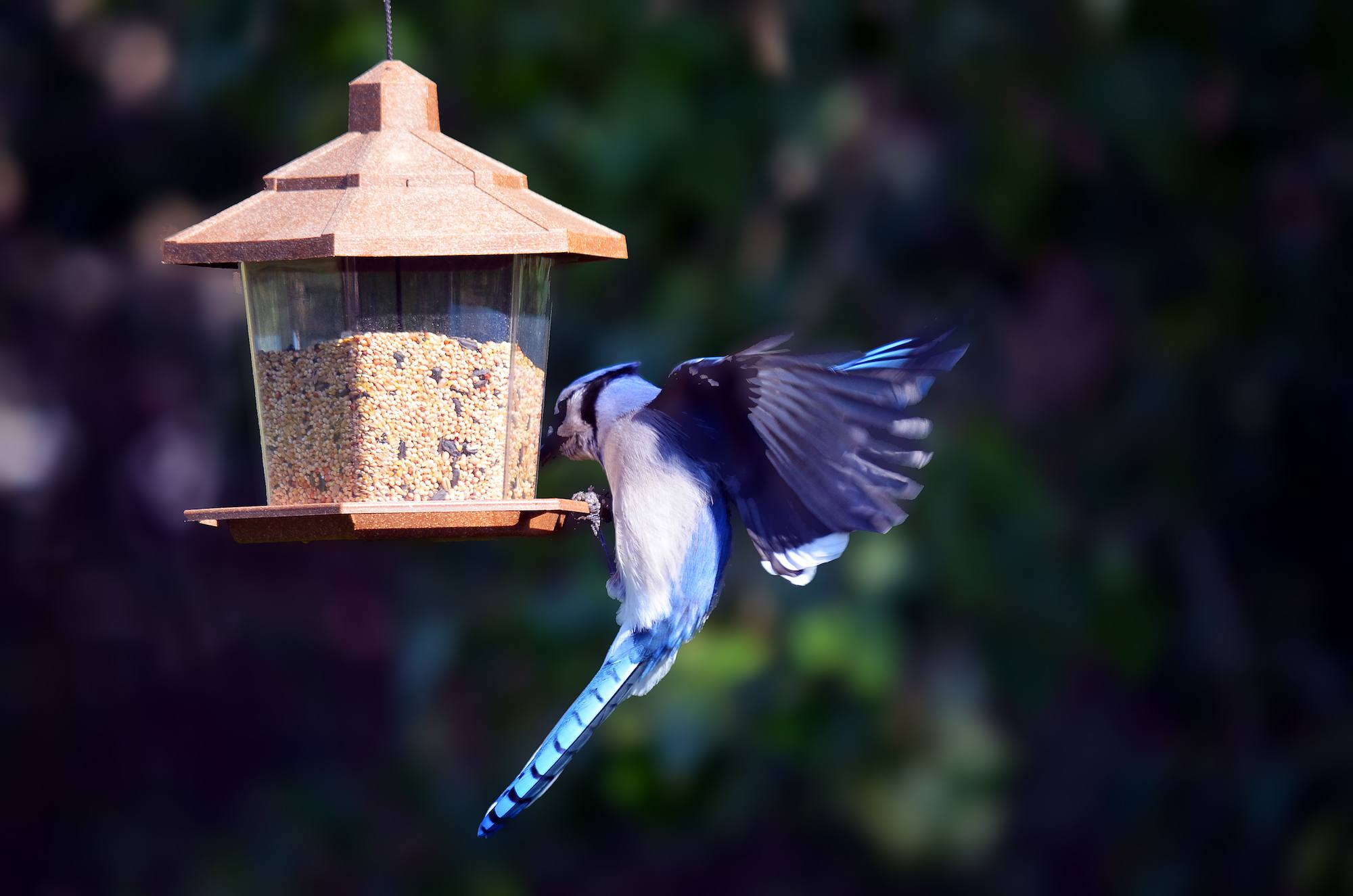
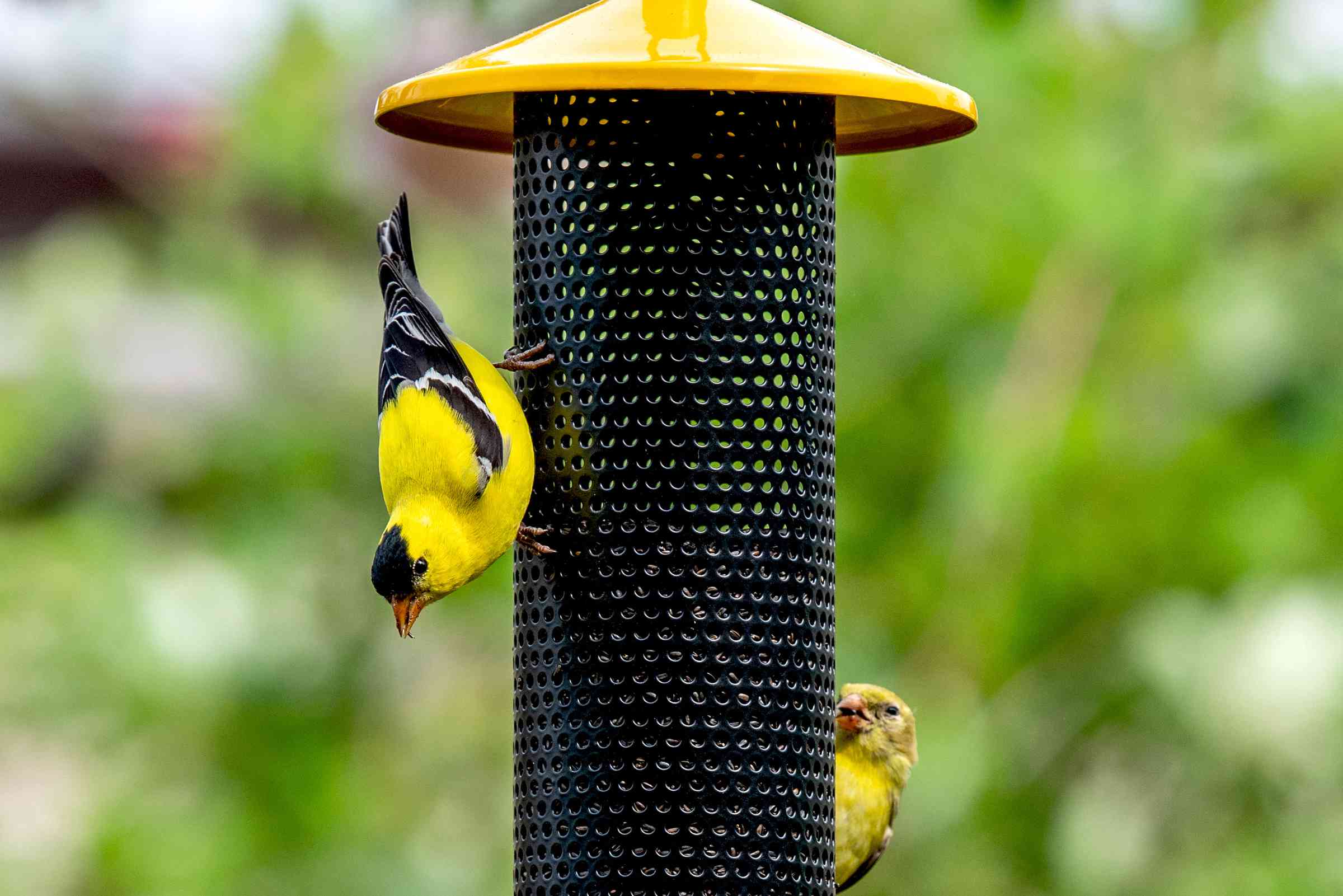
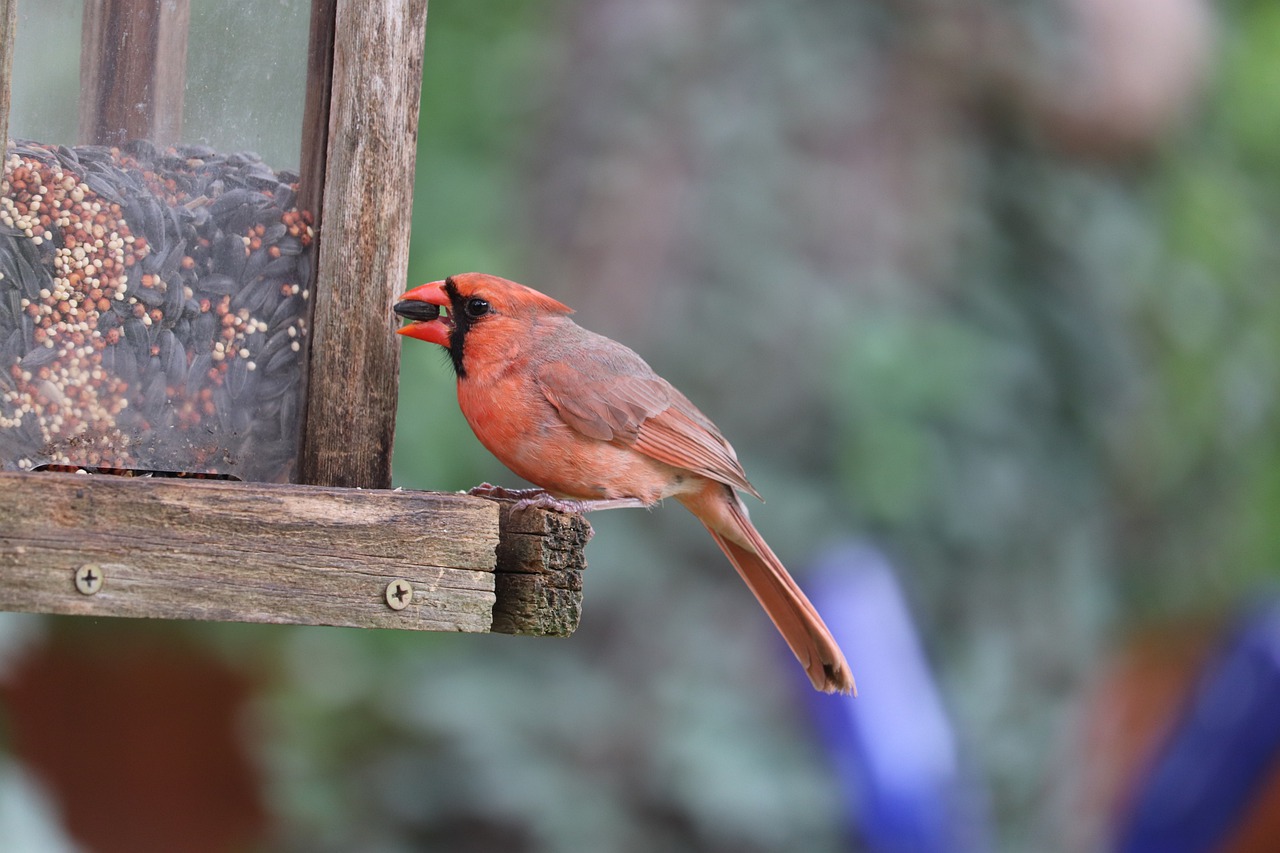
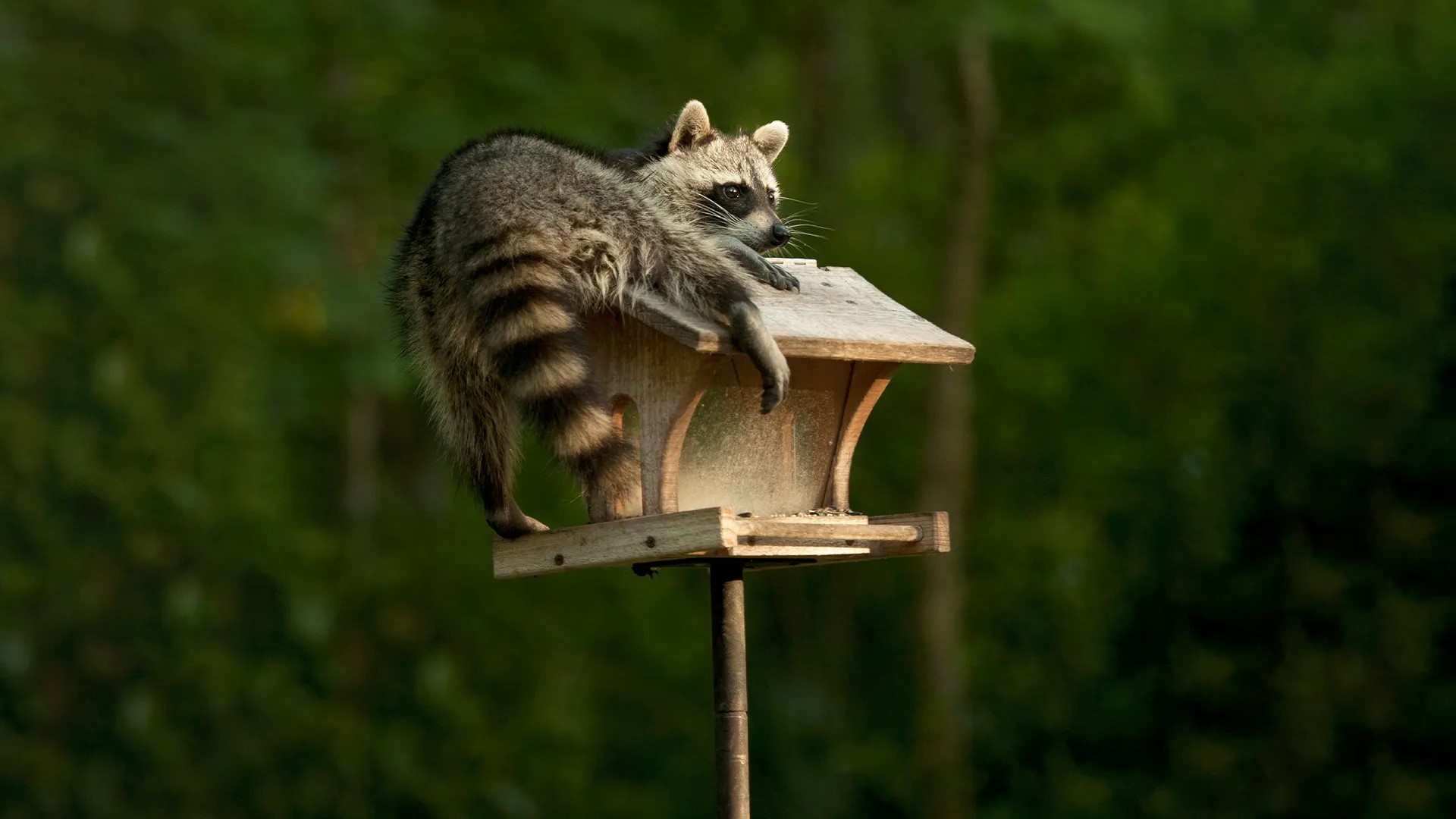
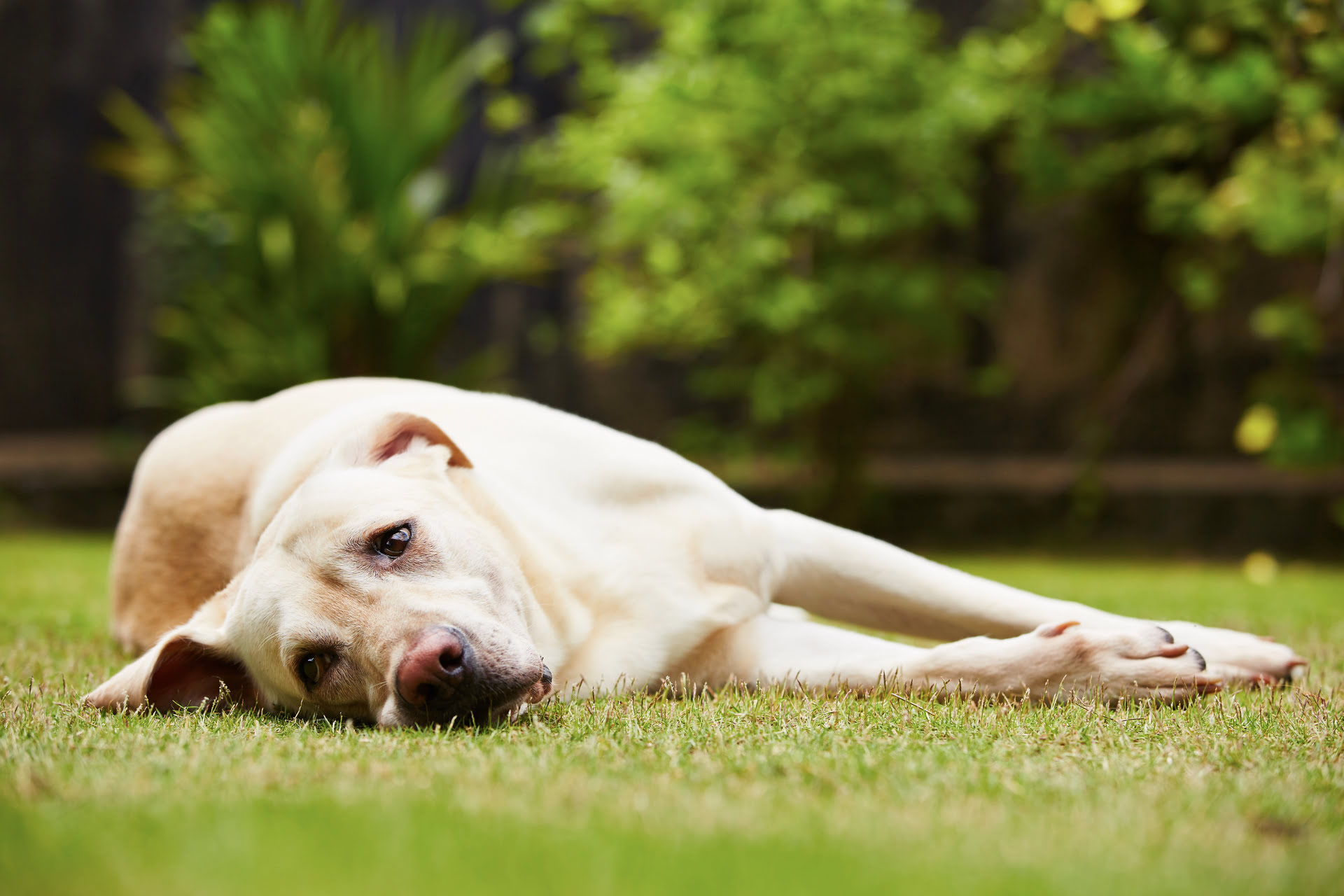
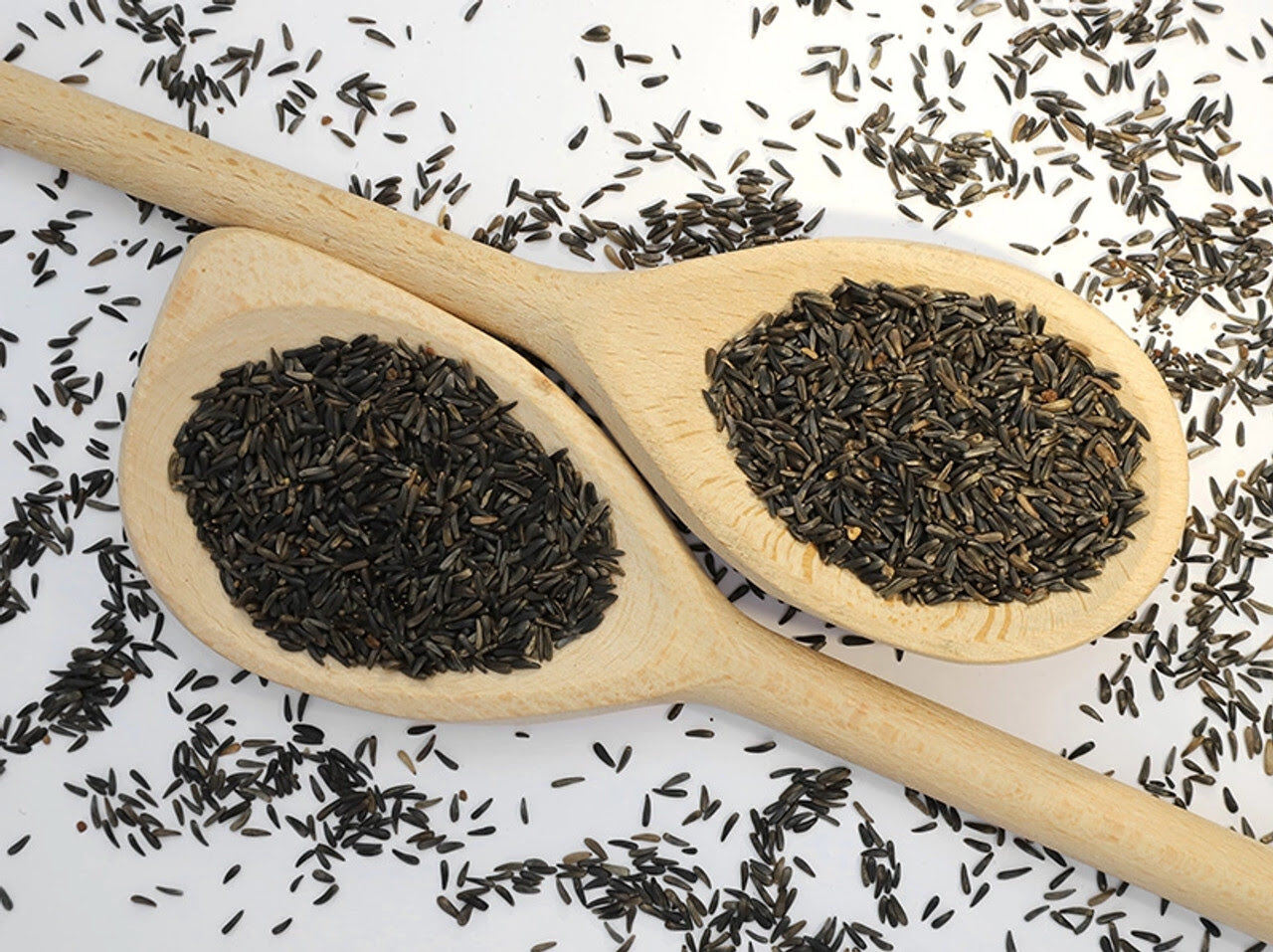

0 thoughts on “What Is Nyjer Bird Seed”